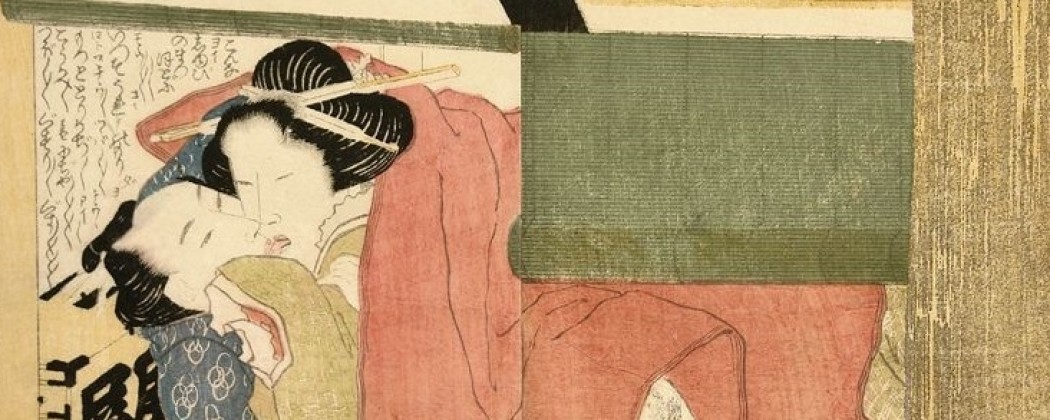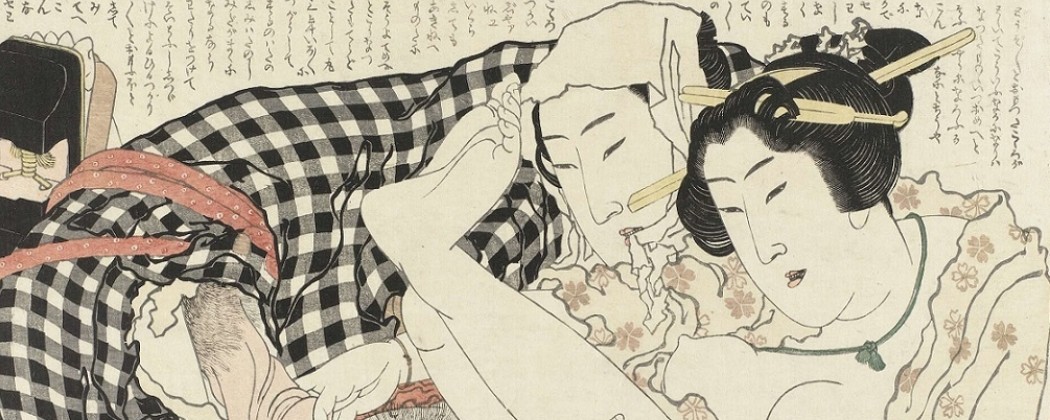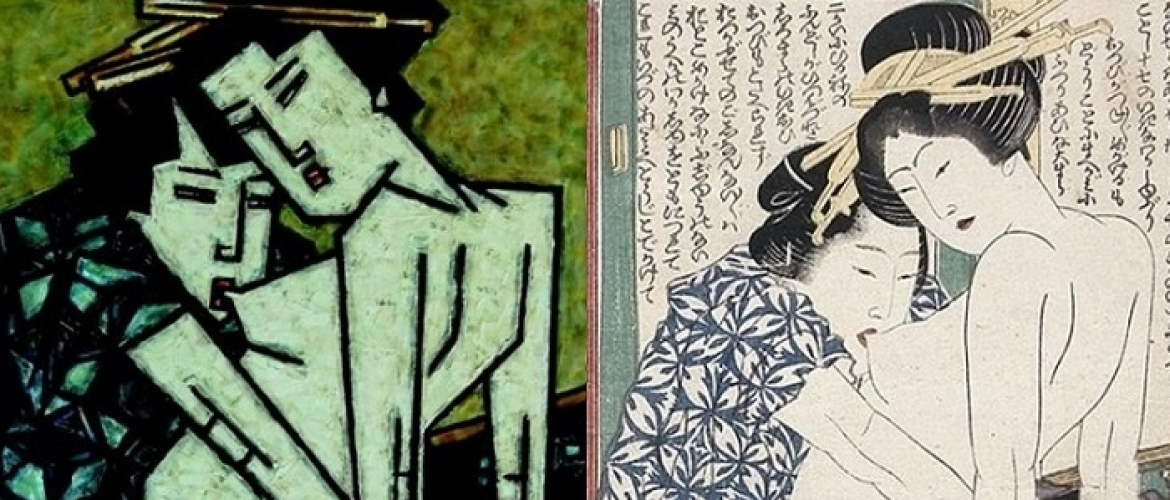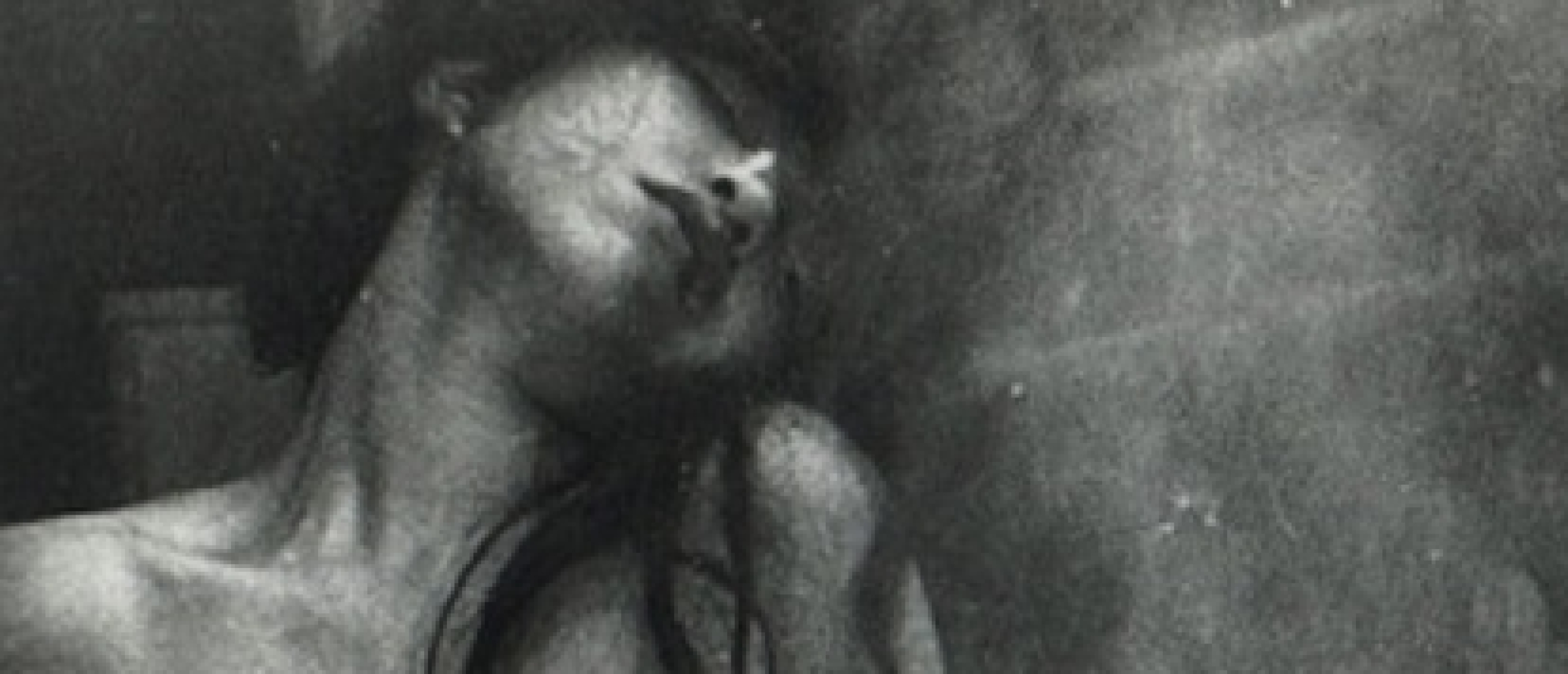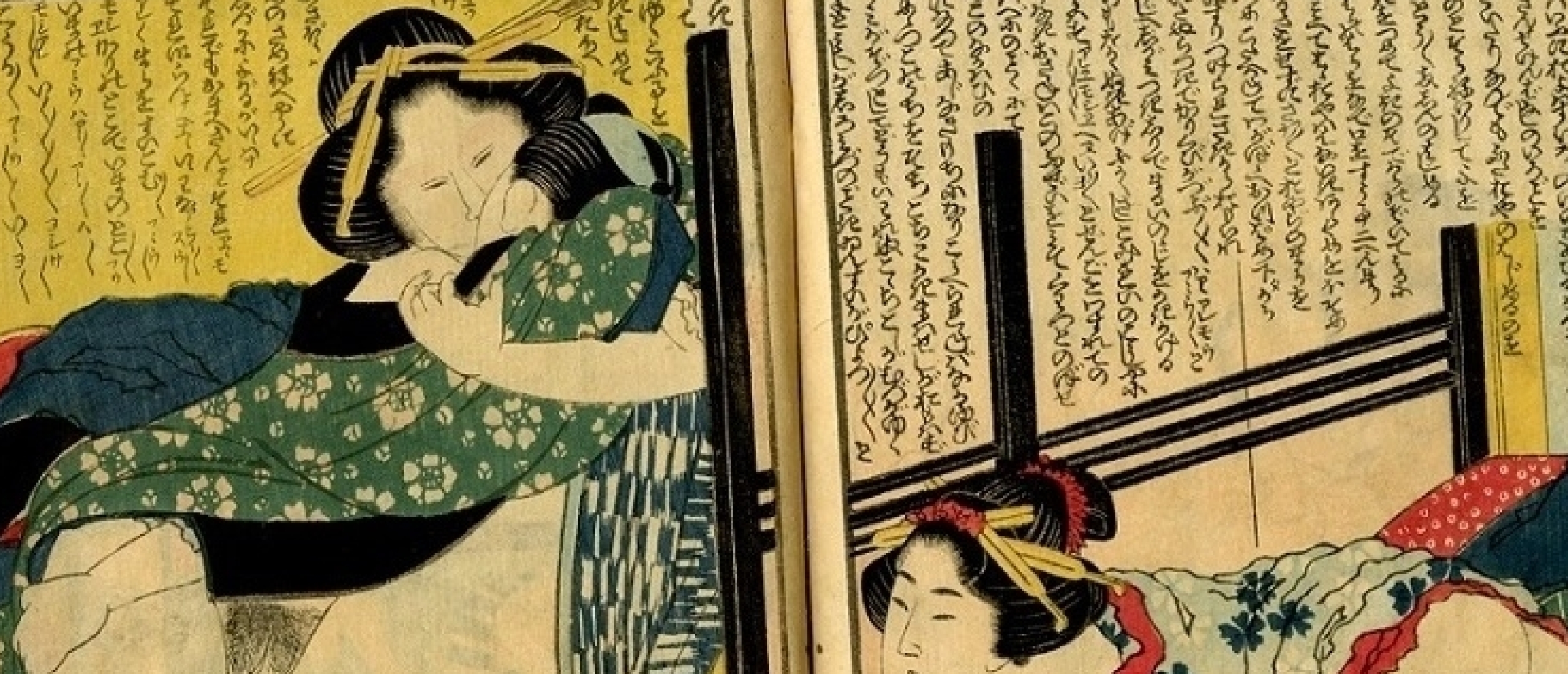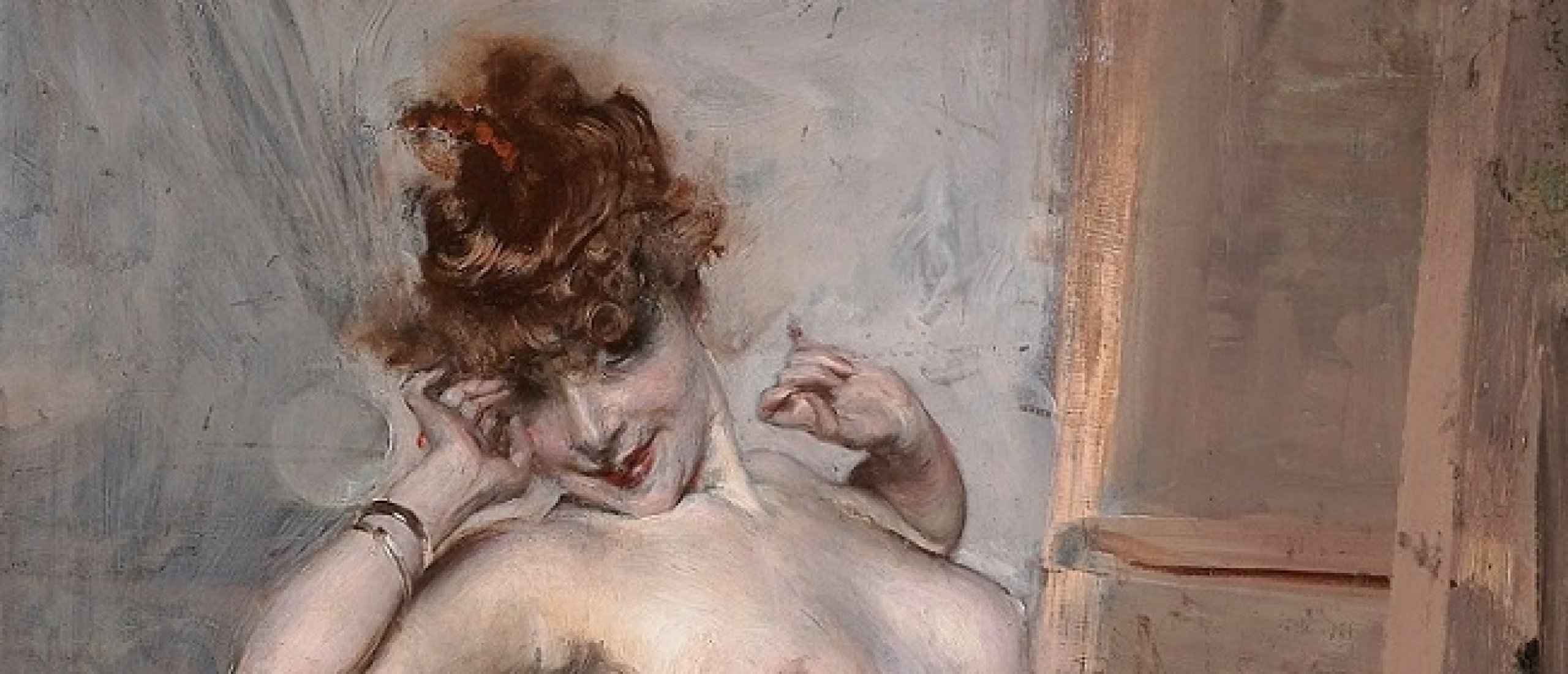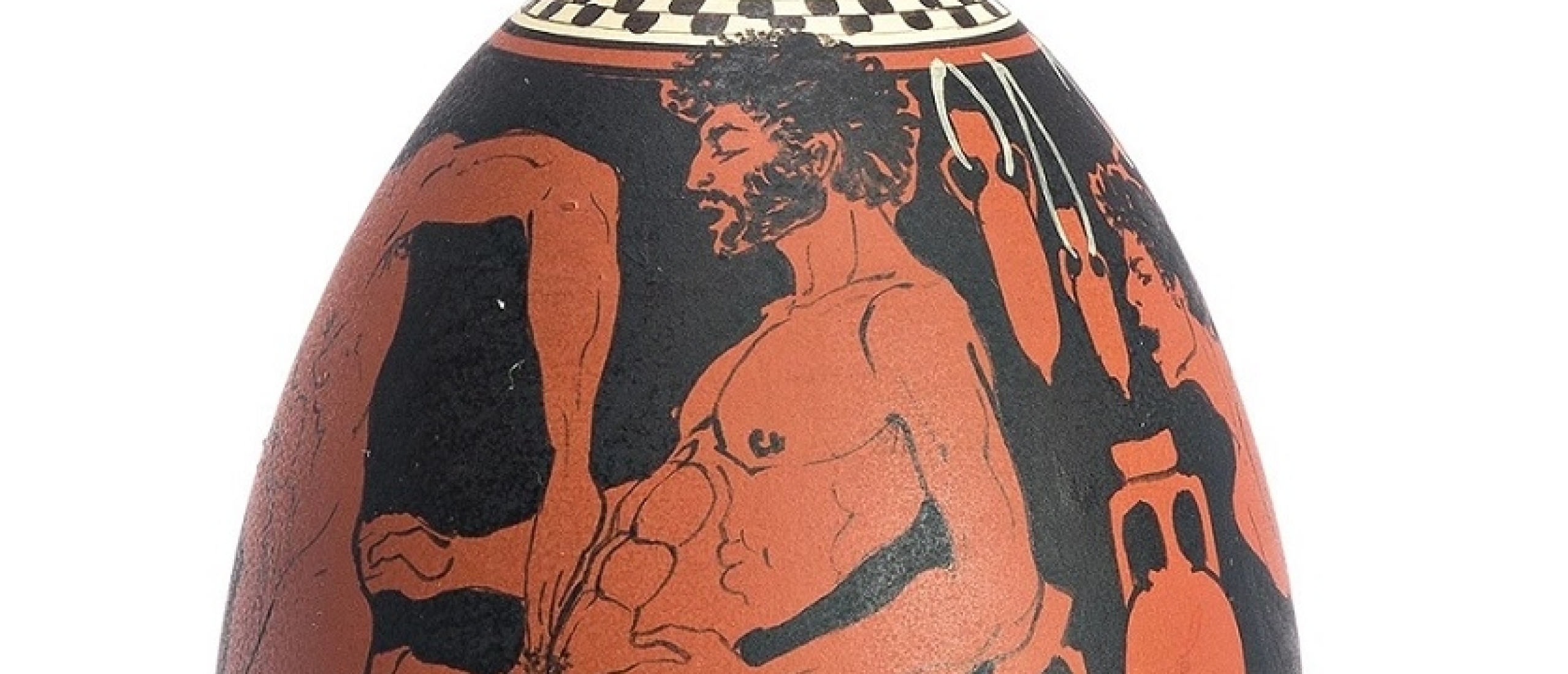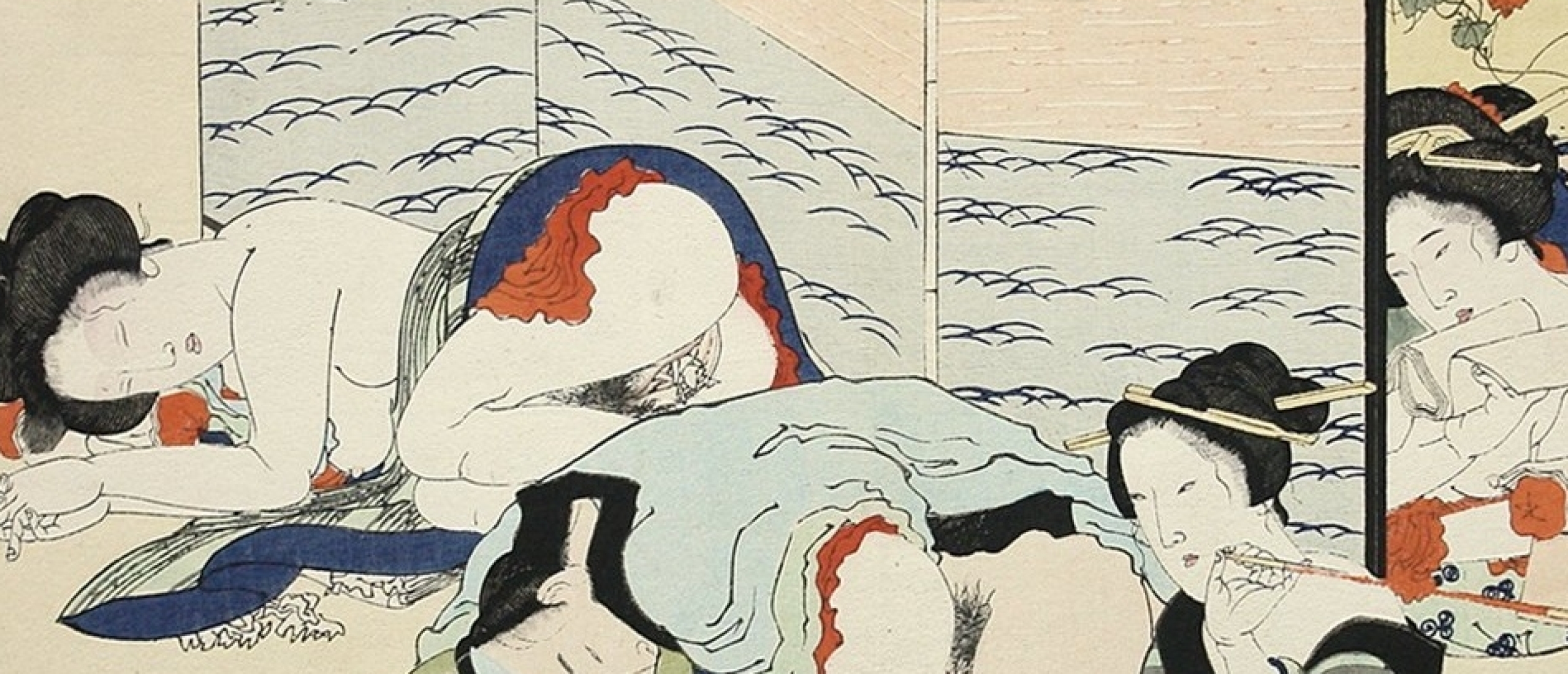
Ikeda Seishiro, who would later adopt the stage name Ikeda Terukata, was born in 1883 in Kobiki-cho, Tokyo. The artistic name was given to him by his Japanese-style painting (nihon-ga) teacher Mizuno Toshikata (1866-1908). Terukata became engaged to the artist Sakakibara Shōen (1886-1917), also a student of Toshikata, who adopted the surname Ikeda after marriage.

Fig.1. Picture of Ikeda Terukata in his teens
Winning Awards
Shortly after engagement, Ikeda left Toshikata's studio and dedicated himself to producing works focused on kuchi-e, bijin-ga, and triptychs from the battles of the Russo-Japanese War (1904-1905). He was a friend of Kaburaki Kiyokata (1878-1972) and formed Ugō kai, a small organization of ukiyo-e illustrators that concentrated on producing paintings in 1901, with the help of Yamanaka Kodō (1869-1945) and Hirezaki Eihō (1881-1968). Terukata exhibited and won awards at Bunten (The Ministry of Education Fine Arts Exhibition).
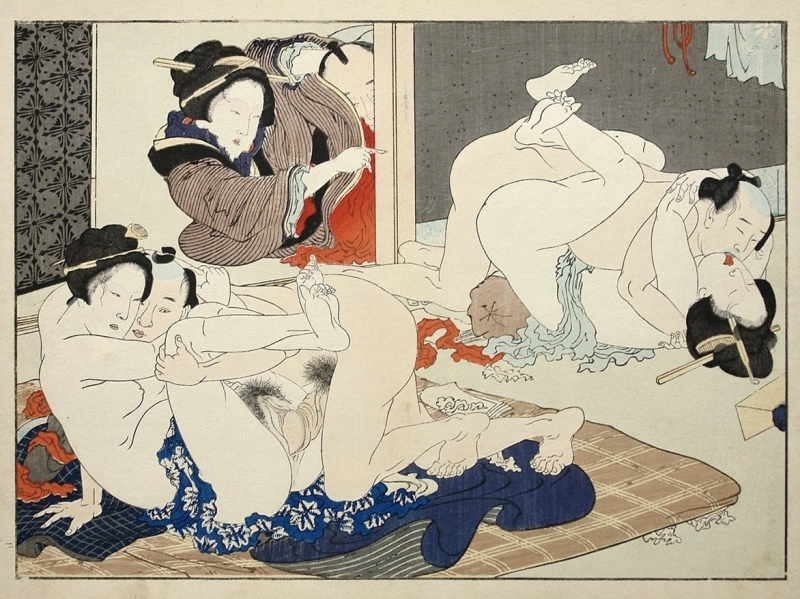
Fig.2. Plate from the series Kuni no sakae (c.1890) by Ikeda Terukata
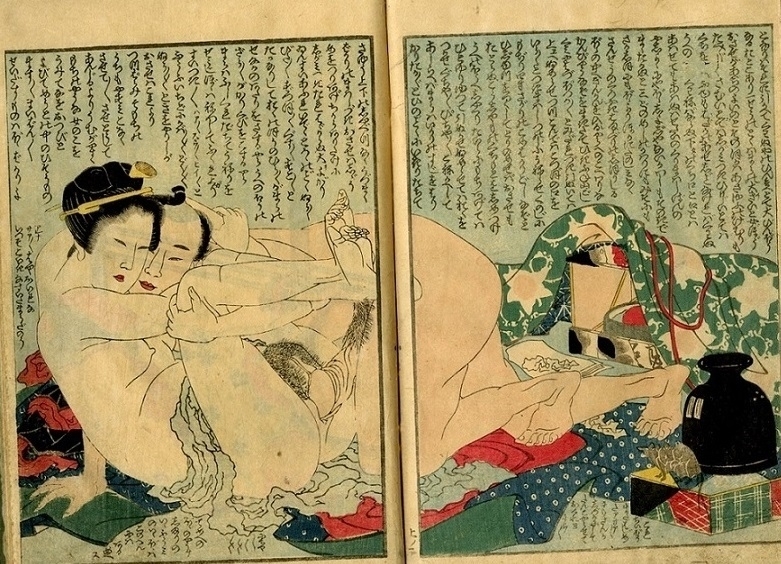
Fig.2a. Plate from Manpuku wagojin (Gods of Intercourse) issued around 1821 and produced by Hokusai
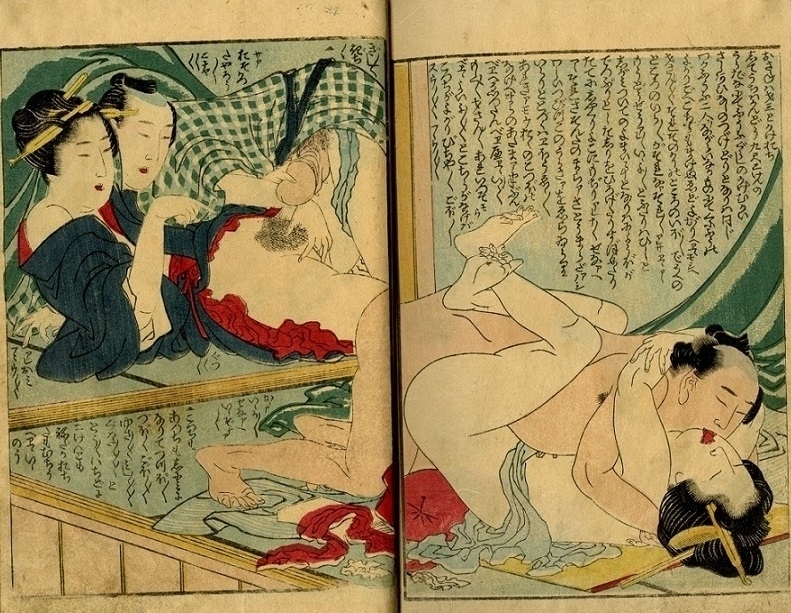
Fig.2b. Plate from Manpuku wagojin (Gods of Intercourse) issued around 1821 and produced by Hokusai
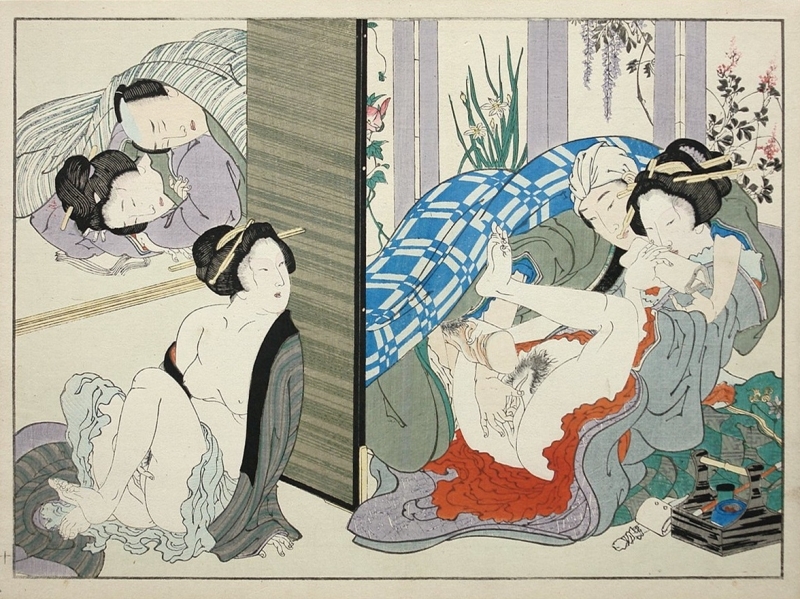
Fig.3. Plate from the series Kuni no sakae (c.1890) by Ikeda Terukata
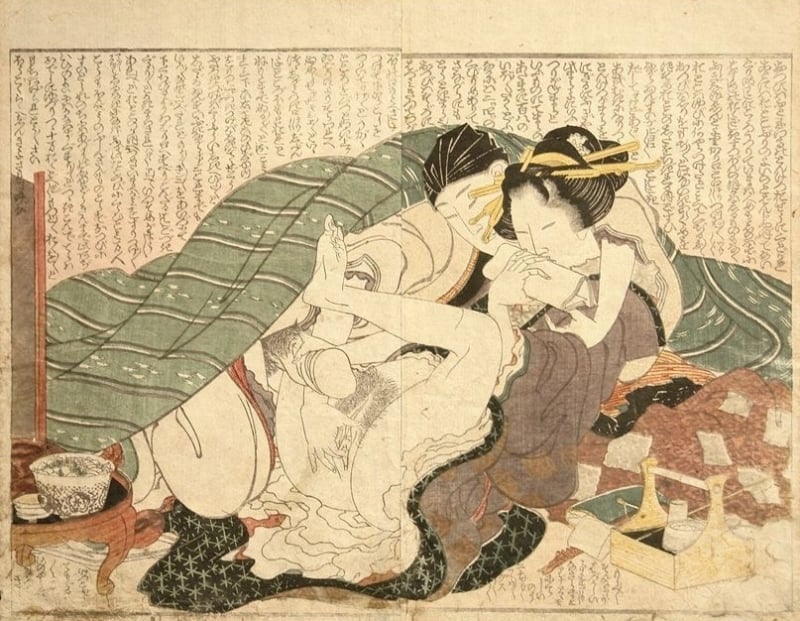
Fig.3a. Plate from Manpuku wagojin (Gods of Intercourse) issued around 1821 and produced by Hokusai
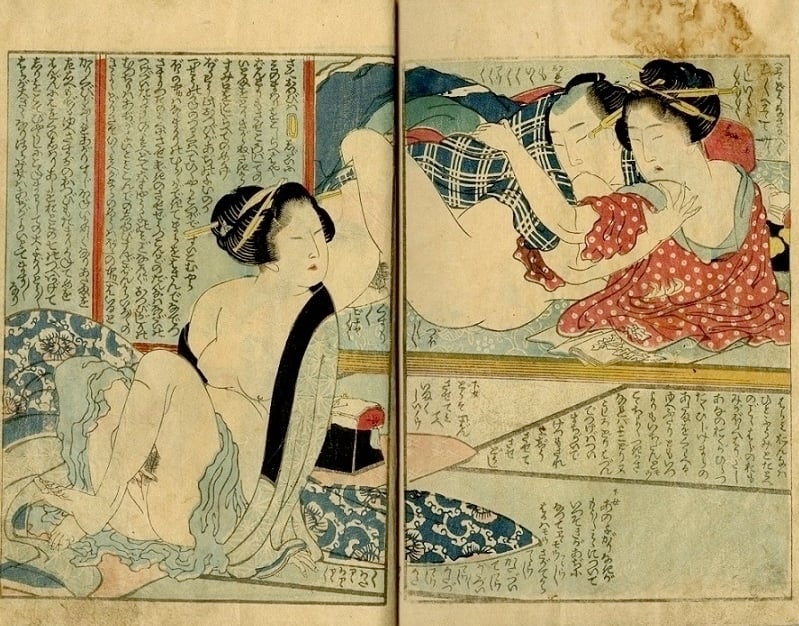
Fig.3b. Plate from Manpuku wagojin (Gods of Intercourse) issued around 1821 and produced by Hokusai
Shin-Hanga
The prints produced by Ikeda Terukata belong to an artistic movement known as Shin-hanga (新版画, "new prints"), which emerged during the Taishō and Shōwa periods with the objective of revitalizing traditional ukiyo-e art rooted in the Edo and Meiji periods (17th–19th century). Shin-hanga maintained the ukiyo-e collaboration system, where the production of works was divided between the artist, the carver, the printer, and the publisher, as opposed to the parallel sōsaku-hanga (creative impressions) movement. Shin-hanga prints incorporated elements emulating hand-drawn brushstrokes. New printing techniques were introduced to achieve this goal, such as the extensive use of printed layers of either baren suji-zuri (printed marks left deliberately by the baren) or goma-zuri (printed speckles), on thicker and usually less moist paper than past ukiyo-e prints. Shin-hanga caught the attention of foreign markets based on the Western taste for nostalgic and romanticized views of Japan, and perhaps for this reason, they enjoyed great popularity abroad. Among the various themes to which Shin-hanga artists devoted themselves were landscapes (fukeiga), famous places (meishō), beautiful women (bijin-ga), kabuki actors (yakusha-e), and birds-and-flowers (kachō-e).

Fig.4. Plate from the series Kuni no sakae (c.1890) by Ikeda Terukata
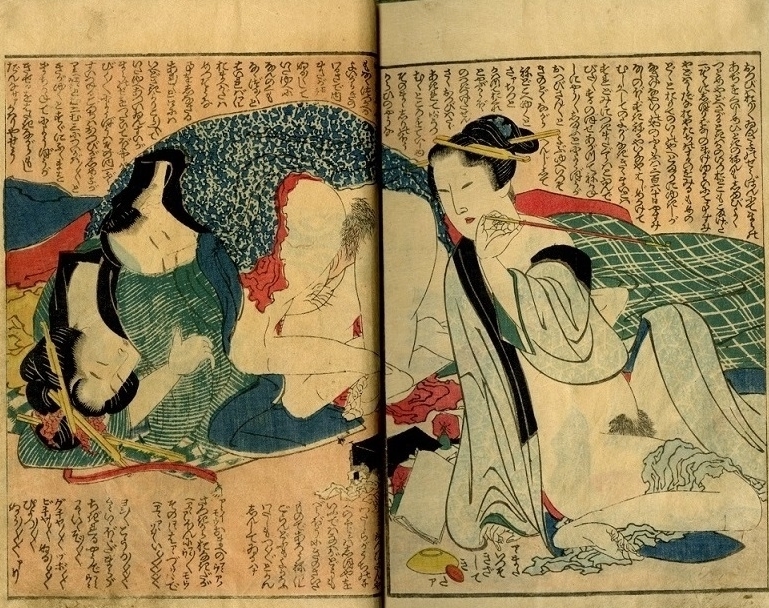
Fig.4a. Plate from Manpuku wagojin (Gods of Intercourse) issued around 1821 and produced by Hokusai
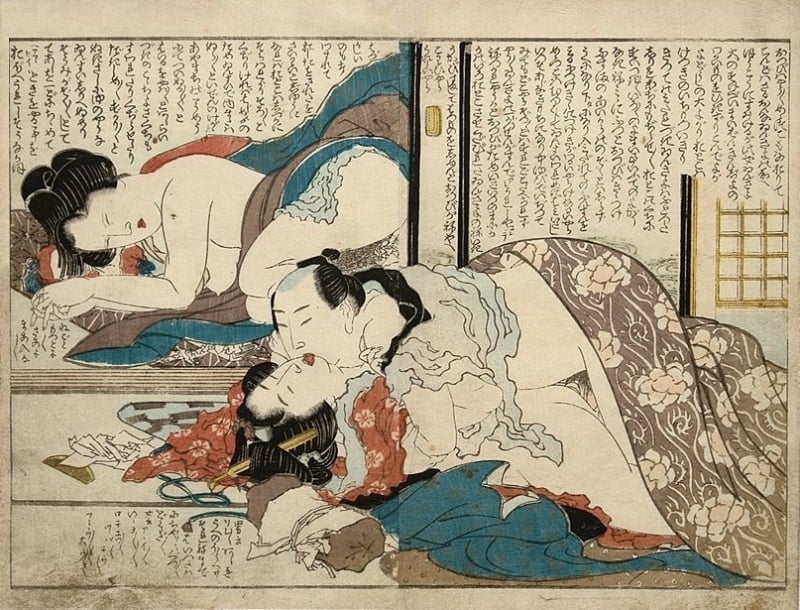
Fig.4b. Plate from Manpuku wagojin (Gods of Intercourse) issued around 1821 and produced by Hokusai
Beautiful Women
Ikeda Terukata dedicated himself to bijin-ga diligently, portraying elegant and stylish women in a traditional Japanese aesthetic, mixing modern influences with traditional ukiyo-e printmaking techniques. His images represented women involved in various activities, both traditional and contemporary. One of his best-known series is "Modern Beauties" (Tosei bijin), in which we see elegant women in Western-influenced attire. These prints showed the changing social and cultural landscape in Japan during the Meiji and Taisho eras, reflecting the influence of Western fashion on traditional Japanese aesthetics.
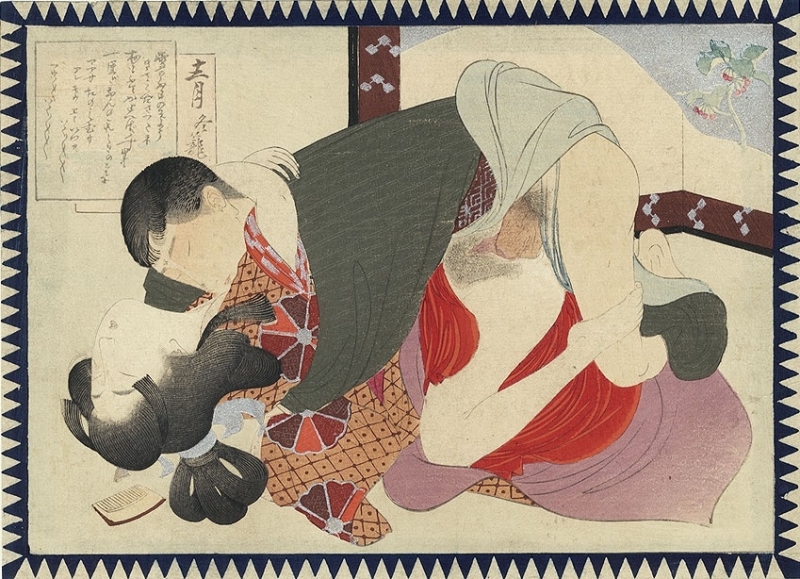
Fig. 5. Plate from an untitled shunga series (c.1900) in the chuban format by Ikeda Terukata
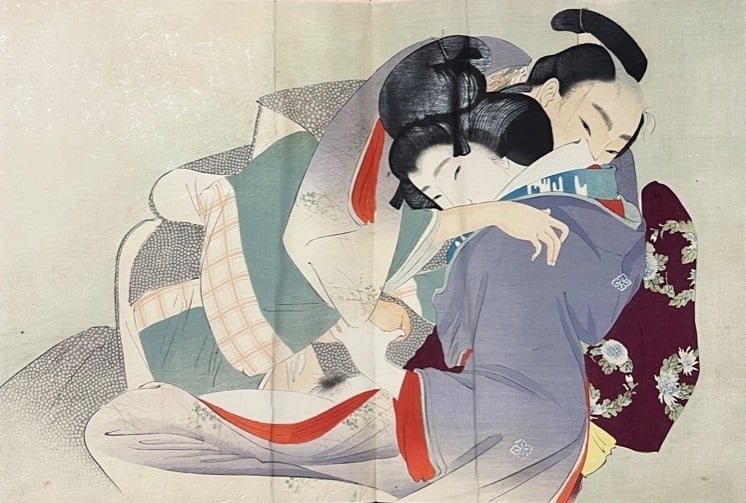
Fig.6. Plate from the Yakumo no chigiri (The Poetic Intercourse) series, c.1896-1905 by Ikeda Terukata

Fig.7. Plate from the Yakumo no chigiri (The Poetic Intercourse) series, c.1896-1905 by Ikeda Terukata
The Exoticism of Shunga
Although he stood out for bijin-ga, Ikeda Terukata also produced shunga. In his engravings dedicated to this genre, he rejected, like other Japanese artists, classical representations and sought to make it something exotic, appealing to Western culture. Ikeda Terukata and artists such as Hamada Jasen and Hashiguchi Gayo created series that had little relationship with Edo period shunga, as they did not include any text in the images, focused more on the sexual act itself, and had little concern for the setting. In these engravings, there are no adornments, tea rooms, or private rooms. Everything is removed or minimized, leaving only the figures that occupy the entire frame, almost as if they were overflowing it.
In the extended Premium edition, among other things, more on Terukata's work in the shunga genre and his recreation of Katsushika Hokusai's iconic Manpuku Wagojin (The Gods of Intercourse) series., his 'montage of orgies', and many additional images of his alluring shunga art.
Click HERE for an article on Terukata's The Poetic Intercourse masterpiece
Image source: akantiek.nl,



